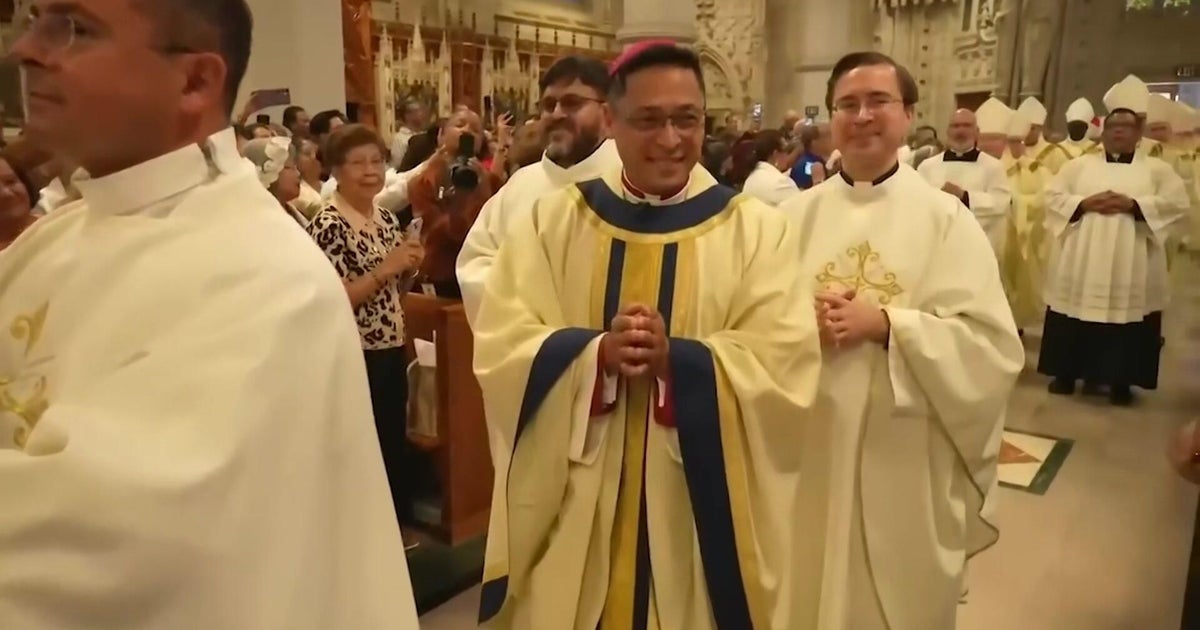Former radio journalist Jason Smith documents Sydney homes slated for destruction to make way for townhouses, apartments or larger homes on his popular Instagram account, 1000housedrawings.
Bulldozing character-filled federation, art deco and mid-century homes to make way for big boxy houses or uninspiring townhouses that don’t add amenity, density or quality of housing infuriates him.
“I’ll document all the ones I can. I’ll save them in my own way with pencil and pen,” said Smith, an architectural artist, of the homes he draws. Smith says he is neither a NIMBY nor a YIMBY, but a QIMBY – a proponent of quality in my backyard and not just development for its own sake. He would like to see more initiatives to adapt existing housing, partly because of the embedded carbon, but also to preserve well-built homes with decorative details that are likely to be replaced by uninspiring townhouses and units.

Jason Smith has been drawing and photographing houses slated for demolition to document Sydney’s architectural history.Credit: Janie Barrett
Single house demolitions across Sydney’s inner and middle-ring areas, including Kensington, Denistone, Arncliffe, North Sydney, Padstow and Camperdown, mostly ended in newer and bigger homes being built on the same site, new Australian Bureau of Statistics data shows.
Despite a rebuild rate of 2.1 new homes for each house demolished across the state, more than 80 per cent of knockdowns in 40 well-located or affluent Sydney suburbs – close to transport and amenities – were replaced by enlarged or upgraded houses.
Across NSW, 77,279 dwellings were approved to be flattened and rebuilt into housing over the five years to June 2025.
The anticipated destruction of more homes as part of the NSW government’s multi-faceted plans to increase supply and density has historians, architects and others pushing to document these soon-to-be-bulldozed buildings and streetscapes before they disappear.
Dr Jennifer Preston, chair of the Australian Institute of Architects heritage committee in NSW, said with the “significant changes” the planned transport-oriented development proposals would bring to the city, “perhaps we should again look at formally documenting the sites and streetscapes of buildings planned for demolition”.
The ABS noted in its August report: “Most knock-down rebuilds are not adding to overall housing stock, but instead are used as a means of significantly upgrading an existing detached dwelling.”
Smith is inspired by the artist Joseph Fowles, whose book of drawings, Sydney in 184,8 was designed to depict the city as it truly was, rather than as the English imagined it.
The Herald interviewed Smith on the footpath outside two charming century-old full-brick bungalows in Wahroonga, which he drew for his Instagram account. They were “off to the tip” to make way for “uninspiring townhouses”.
Smith says he is not anti-development. “We have to have development. I’m not silly or stupid enough to think that we’re going to save every single house,” Smith said.
It is an impossible task to record every home being demolished, nor does anyone think it is warranted. An average of 16,753 dwellings got demolition approval and were rebuilt each year from 2019-20 to 2024-25.
Despite the government’s push for increased density, 58 per cent of knockdown rebuilds nationwide were replaced by another detached single dwelling. In NSW, that figure was 54.8 per cent.
In the late 19th century, the City of Sydney’s City Surveyor took advantage of the camera, then a new technology, to document homes threatened with demolition. This resulted in the Demolition Books, containing 5000 photographs and glass plate negatives – not all the homes were knocked down, some were only threatened.
City historian Laila Ellmoos said from 1879 the council had the power to demolish any ruinous building by issuing the owner a condemnation notice to compel either a repair or demolition.

Historian Laila Ellmoos looks at one of the glass plate negatives uncovered by the City of Sydney archives team. Credit: Kate Geraghty
Photos documenting this process are now a rich record of the city’s social history.
“A hundred years later, you can say, thanks for that. Now I can see how Sydneysiders lived 100 years ago,” Ellmoos said. “What you see in those photographs [of Sydney] is poverty. It’s not a wealthy city at that time, people are really struggling.”
The photos showed children in bare feet and women picking through abandoned sites for building materials. “Then you can see all the building materials, which were recycled.”
Smith said the great value of the demolition books was that they document what was lost.
“Sydney has always had a short-sighted love affair with demolition; only for the next generation to despair at what is gone. We can look up with envy at the Queen Victoria Building today – three times slated for demolition.”
Some councils require owners to document a home before it is demolished.
A spokesperson for the City of Sydney said the council may require photographic recording of the building as a condition of consent for the full or partial demolition of a heritage item, a building in a heritage conservation area, or a building more than 50 years old.
Loading
Spokespeople for Ku-ring-gai and North Sydney councils said when a DA comes in for a demolition, a photographic record is made if it is a heritage item or in a conservation area, or where heritage planners consider it has architectural merit. If a site was being developed as part of the TOD because a council was not the consent authority, it may only suggest a photo record as a condition of consent.
Start the day with a summary of the day’s most important and interesting stories, analysis and insights. Sign up for our Morning Edition newsletter.


















































